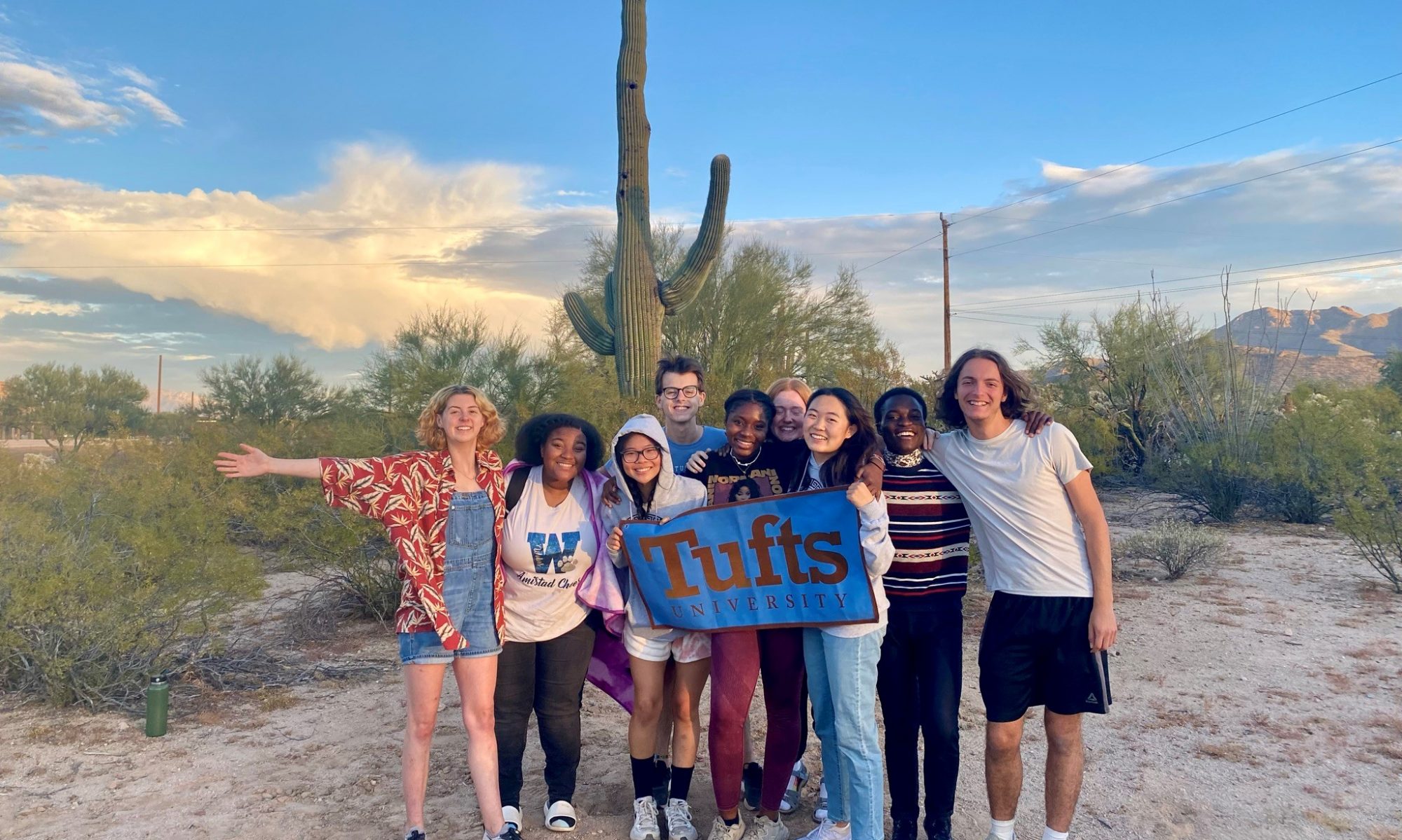
by Max, Tufts 1+4 Participant
A midnight start and a 9 PM finish. I don’t think I’ve ever had a busier and more relaxing day at the same time.
I eagerly accepted the opportunity to go to Guayaquil, a city about three hours from Cuenca, for a farm food and artisan craft fair. Farmers from all around Ecuador came and sold the staples from their regions. For example, since plantains are a big part of the Ecuadorian jungle food culture, inhabitants of that area had many on display, fixed to their original branches. Our AMIGOS supervisors tell us to take advantage of every work opportunity or trip possible, so I was trying to follow that advice. However, I truly knew very little about the trip going into it, which made it part interesting, part scary. While the fair ended up being a unique experience, I knew the day would be long and hot. Sure enough, I was right about it all.
I thought I’d only be going to the fair with the colleague who invited me. Yet, it turned out that seemingly every farm lady in Cuenca made the trip. This made me think that it wasn’t just a cultural trip; I started to think that for these women, it was an opportunity to share their lives and work on the farm. At the fair, these women displayed the food from their farms, and I was impressed with what I saw. Most striking to me was the artistic way of showing off their products. For example, the Cuencan farm ladies made some really complicated geometric figure that was composed of the food and artisan items native to the city. I mostly stayed back and watched them make the elaborate structure because I didn’t want to mess it up.
We arrived at the site at the crack of dawn, unloading the bins of food and bringing them to our fair stand. What inspired me to keep pushing on was the energy shown by the Cuencan farm women. They easily hauled cardboard boxes overflowing with fruits and vegetables of all colors from the storage section of our bus to our display area. They did so while wearing sweat-inducing traditional skirts. This image of these ladies putting in so much effort gave me the motivation to help them out. I also really wanted to explore the fairgrounds to see what the farmers from other cities had on display, but unfortunately I was just absolutely wiped out.
Fitting to the theme of the day, my favorite part of the fair was trying different types of local food. For breakfast, I had a cheese-filled tortilla. It was whole-wheat, too! Although I could still see the smoke rising from it, I let my tongue pay the price and devoured the tortilla. Usually I’m a big breakfast eater, but with only 50 cents, I was satisfied for the morning with just one tortilla from heaven. My lunch was also tasty and had an interesting Chinese flavor. I had what was almost like fried rice with chicken and pork. Whether it was actually fried rice or not, I’ve found it fascinating how some dishes here have similarities with those from different countries, especially since this is a nation where I had heard there’s not much food diversity.
While the length of the day and heat could’ve made me regret going to this fair, I understood I had to make the most of the day. My bridge year has taught me that if you go into a situation with a bad attitude, you won’t enjoy yourself. Instead, if you’re upbeat and want to get involved, you’ll really appreciate even the mundane moments. Ultimately, this gap year is like a scrapbook that demands to be filled with days at a hot farm fair in Guayaquil.











